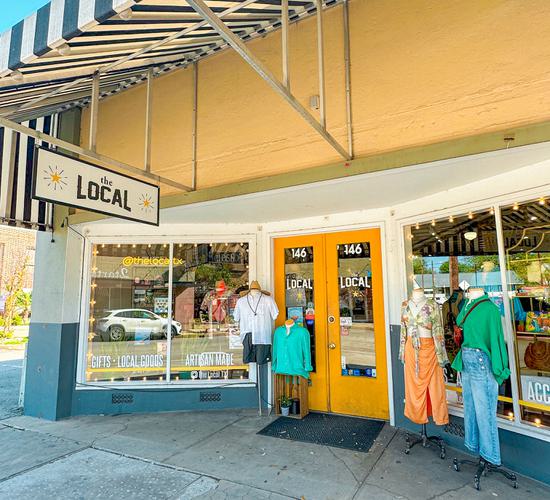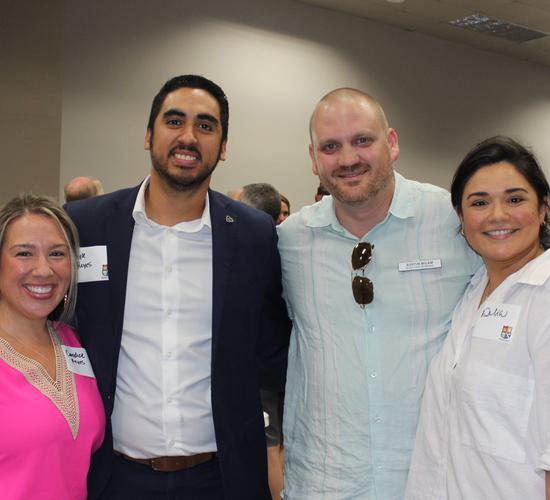
You can find parking in any of the open lots or on streets in downtown and around the plaza. The festival is on Seguin, San Antonio and Castell streets so try to find parking close to there.
You will need cash to purchase beer tickets. Vendors will decide what type of tender to accept. There are plenty of ATMs on site if you need to get cash.
There will be some seating at picnic tables but you are encouraged to bring your own bag/folding chairs if you want to make sure you have somewhere to sit.
The festival is all outdoors so you may bring your pets. All pets must be on a leash and owners must pick up after them.
There will be many, many food trucks and food booths on site so you'll have a variety of food options.
Beer and seltzers will be available for purchase (cash only) and food vendors will have a variety of non-alcoholic drinks for purchase.
While Halloween is celebrated October 31, Dia de los Muertos is celebrated right after, on Nov. 2.
Dia de los Muertos originated in ancient Mesoamerica (Mexico and northern Central America) where indigenous groups, including Aztec, Maya and Toltec, had specific times when they commemorated their loved ones who had passed away. Certain months were dedicated to remembering the departed, based on whether the deceased was an adult or a child. After the arrival of the Spanish, this ritual of commemorating the dead was intertwined with two Spanish holidays: All Saints Day (Nov. 1) and All Soul’s Day (Nov. 2). Dia de los Muertos is often celebrated on November 1 as a day to remember children who have passed away, and on November 2 to honor adults.
Ancient Mesoamericans believed that death was part of the journey of life. Rather than death ending life, they believed that new life came from death. Dia de los Muertos is an opportunity to remember and celebrate the lives of departed loved ones. Like any other celebration, Dia de los Muertos is filled with music and dancing.
The ofrenda is often the most recognized symbol of Dia de los Muertos. This temporary altar is a way for families to honor their loved ones and provide them what they need on their journey. They place down pictures of the deceased, along with items that belonged to them and objects that serve as a reminder of their lives.
Every ofrenda also includes the four elements: water, wind, earth and fire. Water is left in a pitcher so the spirits can quench their thirst. Papel picado, or traditional paper banners, represent the wind. Earth is represented by food, especially bread. Candles are often left in the form of a cross to represent the cardinal directions, so the spirits can find their way.
The marigold flower is often placed on ofrendas. With their strong scent and vibrant color the petals are used to make a path that leads the spirits from the cemetery to their families’ homes.
Monarch butterflies play a role in Dia de los Muertos because they are believed to hold the spirits of the departed. This belief stems from the fact that the first monarchs arrive in Mexico for the winter each fall on November 1, which coincides with Dia de los Muertos.
Calaveritas de azucar, or sugar skulls, along with toys, are left on the altars for children who have passed. The skull is used not as morbid symbol but rather as a whimsical reminder of the cyclicality of life, which is why they are brightly decorated.

